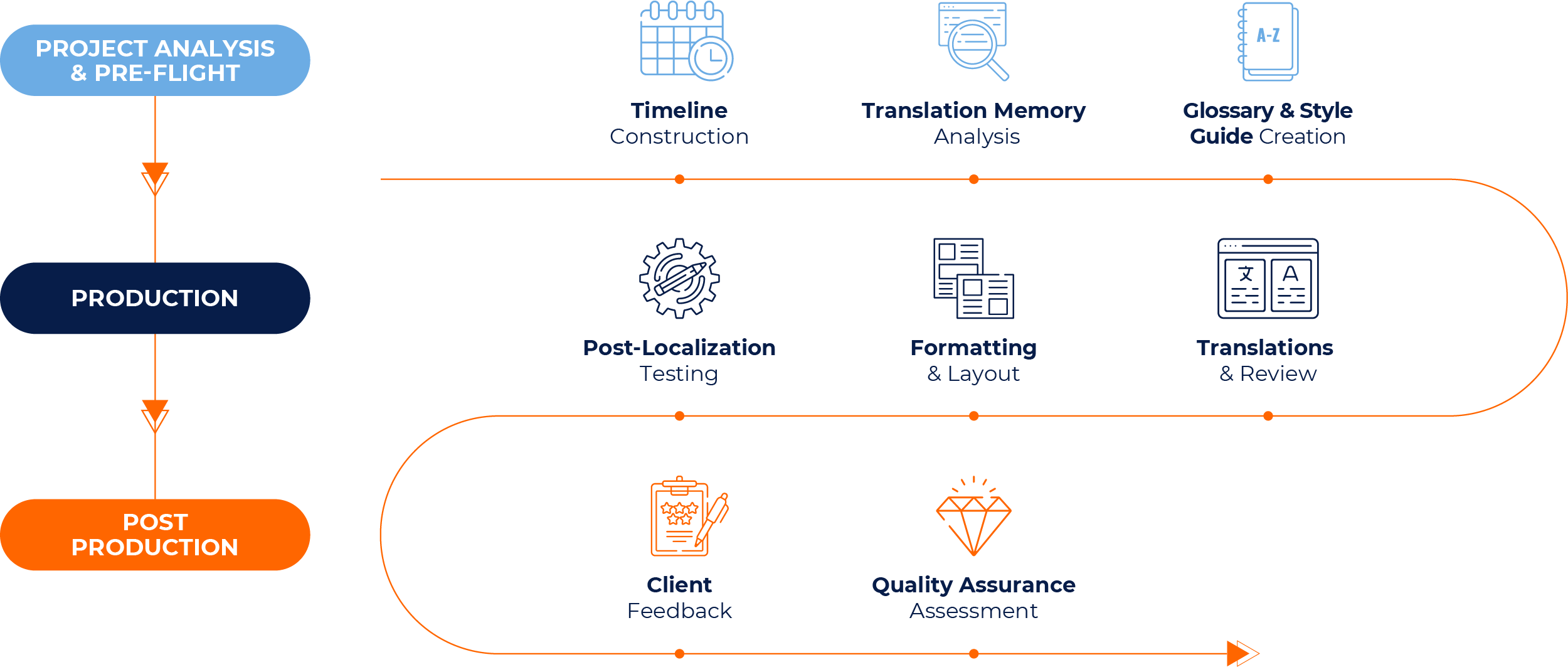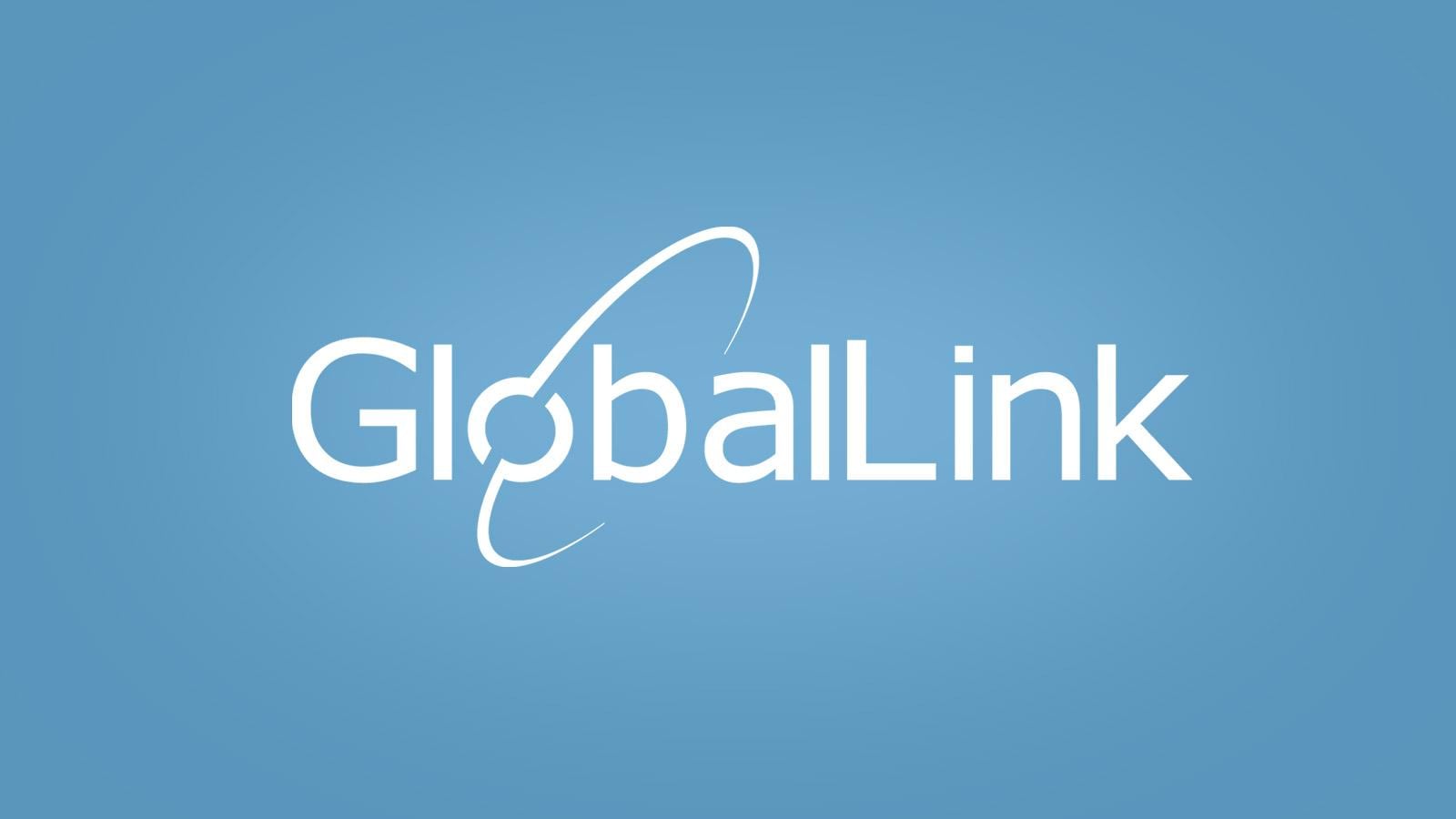What Is Document Translation?
Document translation is the process of changing a document’s source language into a different language. There are many ways to translate documents depending on how much creativity is required, budget, timeline, and the document’s end use. For example:
- If the content of a document is very creative, it may have to be written from scratch by an in-language copywriter to ensure that all the cultural nuances and tone of voice come through clearly in the new language.
- Highly technical documents require specialized linguists to ensure that specific industry terms are translated correctly.
- Those who want to save money and time with their document translation can employ machine translation with a post-edit by a human linguist to validate the content.
- For large documents that need translation in a small amount of time, sometimes linguists will split up the work to complete it faster.
What Types of Documents Need a Professional Document Translation?
We help our clients by translating all types of documents:
- Blogs
- Brochures
- Business documents
- Contracts
- eLearning and training content
- Getting started guides
- Help content
- Leaflets
- Letters
- Marketing materials
- Posters
- Product catalogs
- Product descriptions
- Reference manuals
- Reports
- Reviews
- Signage
- Terms and conditions
- User-generated content
- User manuals
We specialize in the following industries:
- Automotive
- Digital Marketing & Advertising
- Education
- Energy
- Entertainment
- Finance & Banking Translations
- Food & Beverage
- Gaming
- Government
- Healthcare
- Legal
- Life Sciences
- Non-Profit Agencies
- Manufacturing
- Medical Devices
- Retail & E-Commerce
- Technology
- Travel & Hospitality
Quality Assurance Process
Quality Assurance (QA) is integrated into every document by planning, documenting, and agreeing on the necessary steps, rules, and guidelines to ensure excellent quality. A documented QA plan mitigates risks and improves document quality.
After the translators complete their work, QA experts take the documents through a series of linguistic reviews, proofreading, and checks. We follow a standardized process, and we also work with our clients to incorporate their quality standards.
Desktop Publishing
Multilingual desktop publishing (DTP) involves making all necessary technical and linguistic adjustments to deliver content that looks like it came from the target country. Our DTP specialists make changes for text expansion, table formatting, language-specific links, kerning and leading, and much more.
GlobalLink: Our translation management system
A Translation Management System (TMS) is a software solution that manages translation projects across the entire workflow, resulting in an efficient and consistent process. GlobalLink, our translation management system, empowers thousands of organizations worldwide to simplify the process of creating, managing, and releasing multilingual documentation.
GlobalLink helps our clients with every step of the translation process:
● Managing the overall translation project
● Managing the review process for internal and external reviewers
● Incorporating terminology and style guidelines
● Incorporating translation memory
Our clients see the benefits:
● Reduced internal project management costs
● Streamlined in-country content reviews
● Improved content that is on-message and on-brand
● Reduced translation costs with improved content quality
Learn more about how GlobalLink can help you manage your translated assets no matter where they reside.
GlobalLink helps our clients with every step of the translation process
- Managing the overall translation project
- Managing the review process for internal and external reviewers
- Incorporating terminology and style guidelines
- Incorporating translation memory
Our clients see the benefits
- Reduced internal project management costs
- Streamlined in-country content reviews
- Improved content that is on-message and on-brand
- Reduced translation costs with improved content quality
Machine Translation
Machine translation, powered by AI, can process large quantities of content in a short amount of time. Pre-defined rules and learned patterns in the machine translation engines provide consistent translations, and the engines are continuously learning new content to minimize the risk of errors and discrepancies.
In some cases, language experts must be involved in verifying cultural nuances and technical accuracy of the target language. This human-machine collaboration allows us to support brands looking to translate large volumes of content in a short time with technical and localized accuracy.
ISO Certifications
There are several ISO certifications that a company can obtain to attest to their quality management system (QMS), which refers to the planning, processes, resources, and documents to achieve quality objectives. A QMS can improve processes, reduce waste, lower costs, optimize resources, and more.
We’re certified to:
● ISO 9001:2015 - a general quality standard for any business of any size
● ISO 17100:2015 - designed for translation providers
● ISO 13485:2016 - designed for those in the medical device industry
● ISO 18587:2017 - translations produced using artificial intelligence (AI) tools, including machine translation (MT) and neural machine translation (NMT)
● ISO 14971:2019 - risk management for medical device companies
We’re also certified to ASTM F2575-06[4], a standard for quality assurance in translation.
Learn more about our ISO certifications.
Linguist Certifications
We work with over 5000 linguists and interpreters worldwide. All of our linguists must pass a rigorous linguist certification program called TransPerfect Linguist Certification (TLC). We introduced the TLC certification program, and it is the first comprehensive system to assess linguist skill in the areas that matter most to clients. The program was created to ensure that each project is handled by a professional linguist with expertise in the given discipline to produce only the highest quality translation.
Certified and Sworn Translations
Certified and sworn translations require validation, usually for legal or business content.
Certified Translation
What Is a Certified Translation?
A certified translation is a translation that's accompanied by a signed statement from a language service provider (LSP) stating that the translation is valid and accurate. It also includes the translator's qualifications. A certified translation is most commonly required in legal translations, such as birth certificates, death certificates, business contracts, and other legal documents.
What Does a Certified Translation Document Look Like?
A certified translation document is a signed piece of paper that comes with the translation of the actual document. The certification can be attached electronically or in hard copy form.
Sworn Translation
What Is a Sworn Translation?
A sworn translation is executed by a sworn translator, someone acknowledged and authorized by a legal or governing agency. A sworn translator has special authorization to translate legal and official documents and has a certificate and seal showing their certification. Sworn translations are commonly required for official documents, such as legal contracts, court papers, and other legal documents. Becoming a sworn translator usually requires a higher degree of education and other requirements based on the country’s standards.
Additional Document Translation Services
For additional services related to document translation, see the following:
Frequently asked questions
Document translation is based on a per word rate, which varies depending on the language. The cost also depends on what other services are required, such as formatting, number of pages, and more.
A certified translation is a translation that's accompanied by a signed statement from a language service provider (LSP) stating that the translation is valid and accurate. It also includes the translator's qualifications. A certified translation is most commonly required in legal translations, such as birth certificates, death certificates, business contracts, and other legal documents.
A certified translation document is a signed piece of paper that comes with the translation of the actual document. The certification can be attached electronically or in hard copy form.
ISO has several standards for quality management systems. A language service provider should have the applicable ISO certifications. We have the following ISO certifications:
- ISO 9001:2015 - a general quality standard for any business of any size
- ISO 17100:2015 - designed for translation providers
- ISO 13485:2016 - designed for those in the medical device industry
- ISO 18587:2017 - translations produced using artificial intelligence (AI) tools, including machine translation (MT) and neural machine translation (NMT)
- ISO 14971:2019 - risk management for medical device companies
A translation memory (TM) is a database containing source content and the associated translated content. A TM lowers costs by populating projects with word segments that have already been translated while also maintaining consistency and quality, and decreasing time to market. You can benefit from using a TM for any type of content, from technical to software to website translations.
The difference between a sworn and certified translation lies in the authorization source. A sworn translation is performed by a translator who has been recognized by a legal or government authority and has a sworn translation stamp. A certified translation is accompanied by a certification that a language service provider includes stating the translation is accurate and complete, but it doesn’t necessarily involve a translator being sworn or authorized by a legal authority.
We're proud of the company we keep












